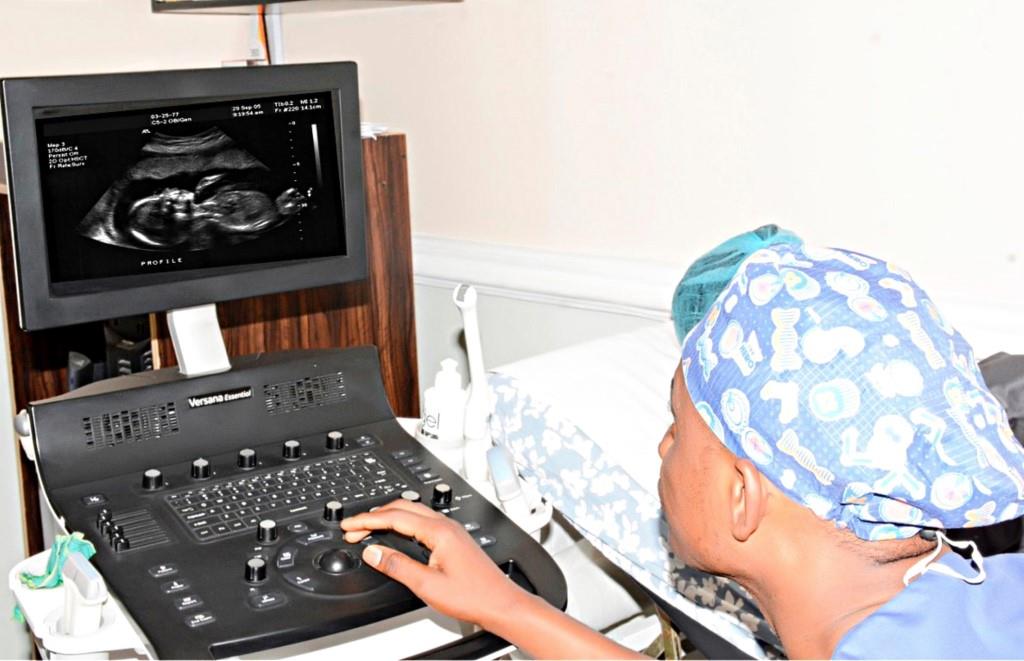The quality of embryo is the foundation that give rise to clinical pregnancy in an in vitro fertilization procedure. Moreover, an embryo can be defined as pregnancy under development from the period of fertilization to the eight week of maturation when it is expected that a foetus has been formed. For an embryo to develop it begins its development as a zygote which is the process of mingling the female oocyte with the male sperm. Research has revealed that the quality of embryo formed through this mingling process is a major determinant of the success of in vitro fertilization (IVF) treatment with a strong positive relationship between embryo morphology (Patterning), implantation and the rates of clinical pregnancy.
Meanwhile, the cleavage embryos can be defined as good quality if they are found to contain 4 cells on day 2 and 7 or 8 cells on day 3, with no obvious morphological deformities. Whereas, poor quality embryos are made up of embryos with only 2 cells on day 2 and 3 to 5 cells on day 3. However, the utmost predictor of embryo effectiveness after in vitro treatment is the formation of clinical pregnancy and live birth. The evaluation of human embryo effectiveness is reliant on the non-invasive techniques based on the morphological appearance of embryos, for example, the size, number and general appearance of blastomeres and cleavage rate. In recent times, the formation of a remarkable number of pregnancies as a result of in vitro fertilization procedure established the relationship of this non-invasive assessment with pregnancy rate.
Therefore, in an in vitro fertilization treatment, the transfer of good quality embryos produces a higher rate (41.5%) of clinical pregnancies and live birth (32.3%) compared to that of poor quality embryos that gives a clinical pregnancies rate of 19.2% and live birth rates of 15.5% respectively as revealed in studies. Although the probability of a clinical pregnancy with a poor quality embryo is lower compared to a good quality embryo, however, once a clinical pregnancy is achieved it has the same possibility of attaining live birth as a good quality embryo.
In conclusion, it has been proven that the quality of the embryo transferred during the process of in vitro fertilization procedure will largely and arguably determine the rate of the clinical pregnancy occurrences and live birth.

Add Your Comment